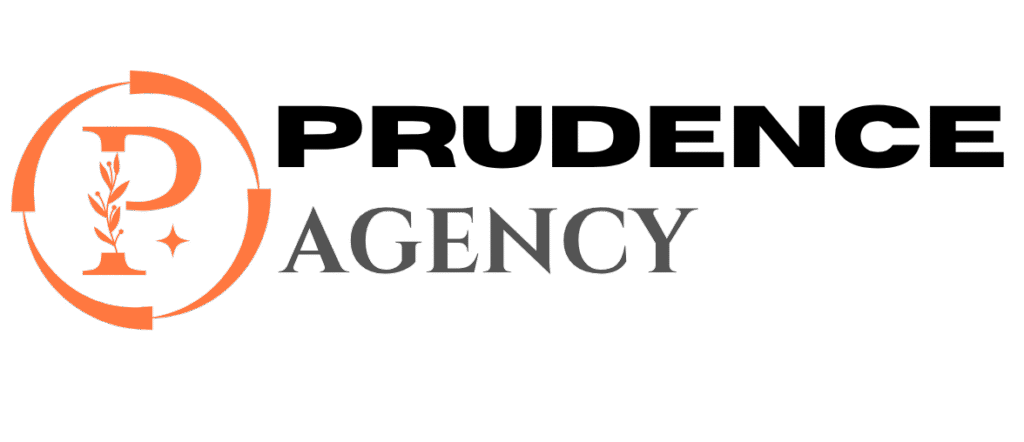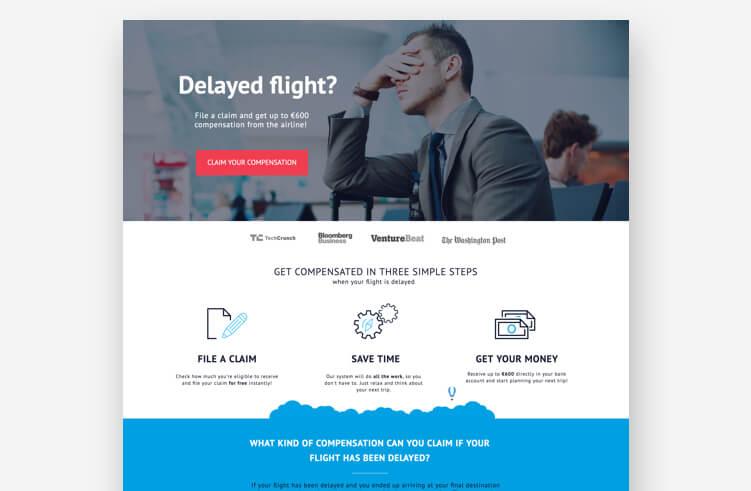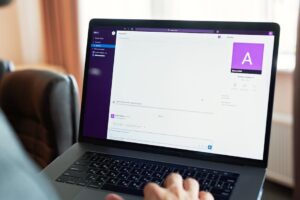Essential Elements of a High-Converting Landing Page
If you’re running an online business, driving traffic to your website is only half the battle. The real challenge? Converting visitors into paying customers. A high-converting landing page is a powerful tool that can help increase your conversion rates, generate leads, and grow your revenue. But what are the essential elements that make a landing page truly effective? In this comprehensive guide, we’ll walk you through the key features and best practices to design a landing page that converts like crazy.
What Is a Landing Page and Why Does It Matter?
A landing page is a standalone web page designed specifically to capture leads or prompt a particular action from visitors, such as signing up for a newsletter, downloading a resource, or making a purchase. Unlike general website pages, landing pages have a focused purpose and can improve user experience by removing distractions.
Benefits of a High-Converting Landing Page
- Increases conversion rates: Targeted design nudges visitors toward the desired action.
- Improves marketing ROI: Makes your ad and marketing spend more effective.
- Enables precise tracking: You can analyze visitor behavior and optimize accordingly.
- Builds trust and credibility: Clear, relevant content assures visitors and encourages engagement.
Essential Elements of a High-Converting Landing Page
1. Compelling and Clear Headline
Your headline is the first thing visitors see, so it needs to grab attention immediately and clearly convey the value of your offer. Use concise and benefit-driven language to keep visitors engaged right from the start.
2. Persuasive Subheadline
The subheadline supports the main headline by adding a little more detail or emphasizing the key benefit. Make sure it complements the headline and motivates visitors to stay and explore.
3. Eye-Catching Hero Image or Video
Visual content greatly impacts user engagement. Use high-quality images or short videos that relate directly to your offer, product, or service. This helps visitors connect emotionally and understand your message quickly.
4. Clear and Persuasive Call to Action (CTA)
Your CTA button is the conversion trigger. Make it:
- Visually prominent with contrasting colors
- Action-oriented (e.g., “Get Started Now,” “Download Free Guide”)
- Placed above the fold and repeated if the page is long
5. Concise and Benefit-Focused Copy
Visitors scan pages quickly, so make your copy easy to read. Use bullet points, short paragraphs, and strong action verbs focused on the benefits users will receive rather than just features.
6. Trust Signals and Social Proof
People trust what others endorse. Include testimonials, reviews, client logos, or trust badges to reassure visitors and overcome hesitation.
7. Fast Loading Speed and Mobile Optimization
Slow loading times increase bounce rates. Ensure your landing page loads in under 3 seconds and is fully responsive on all devices. Google favors mobile-friendly pages and so do users.
8. Minimal Navigation and Distractions
Remove unnecessary menus, sidebars, or outbound links that can distract visitors from your conversion goal.
9. A Strong Value Proposition
Clearly explain what makes your offering unique or better than competitors. This helps to catch visitor interest and justify their action.
10. A/B Testing and Analytics Integration
Use tools like Google Analytics and A/B testing platforms to continuously optimize your landing page. Even small tweaks in design, copy, or CTAs can significantly increase conversions.
Quick Reference: Elements of High-Converting Landing Pages
| Element | Description | Best Practice |
|---|---|---|
| Headline | Grabs attention & states value | Concise, benefit-driven, clear |
| Subheadline | Supports the headline | Complementary and clear |
| Visuals | Engage users emotionally | High-quality, relevant images/videos |
| Call to Action (CTA) | Encourages user action | Contrasting color, actionable text |
| Copy | Describes benefits & info | Bullet points, benefits-focused |
| Social Proof | Builds trust | Testimonials, reviews, badges |
| Loading Speed | Affects bounce & SEO | Under 3 seconds, optimized images |
| Mobile Optimization | Accessibility on devices | Responsive design, touch-friendly |
| Navigation | Avoid distractions | Minimal or no navigation links |
| Testing & Analytics | Data-driven improvements | Use A/B testing tools regularly |
Practical Tips to Optimize Your Landing Page Further
- Use urgency and scarcity: Limited-time offers can boost click-through rates.
- Add exit-intent popups: Capture abandoning visitors with special offers.
- Keep forms simple: Ask only for essential information to reduce friction.
- Write in active voice: Engaging and direct language enhances readability.
- Include directional cues: Arrows and images guiding eyes toward the CTA improve conversions.
Case Study: How a Simple Landing Page Boosted Conversions by 40%
A SaaS company revamped their cluttered homepage into a focused landing page concentrating on their core tool. They added a compelling headline, professional hero image, simple sign-up form, and bold CTA buttons. Within two weeks, they reported a 40% increase in sign-ups and a significant drop in bounce rate, proving the power of essential elements aligned for conversion.
Conclusion
Creating a high-converting landing page requires a careful balance of design, copy, and user experience elements. By focusing on a clear value proposition, strong CTAs, trust signals, and fast mobile-friendly performance, you can build a landing page that not only attracts visitors but turns them into loyal customers. Start applying these essential elements today and watch your online conversions soar!











